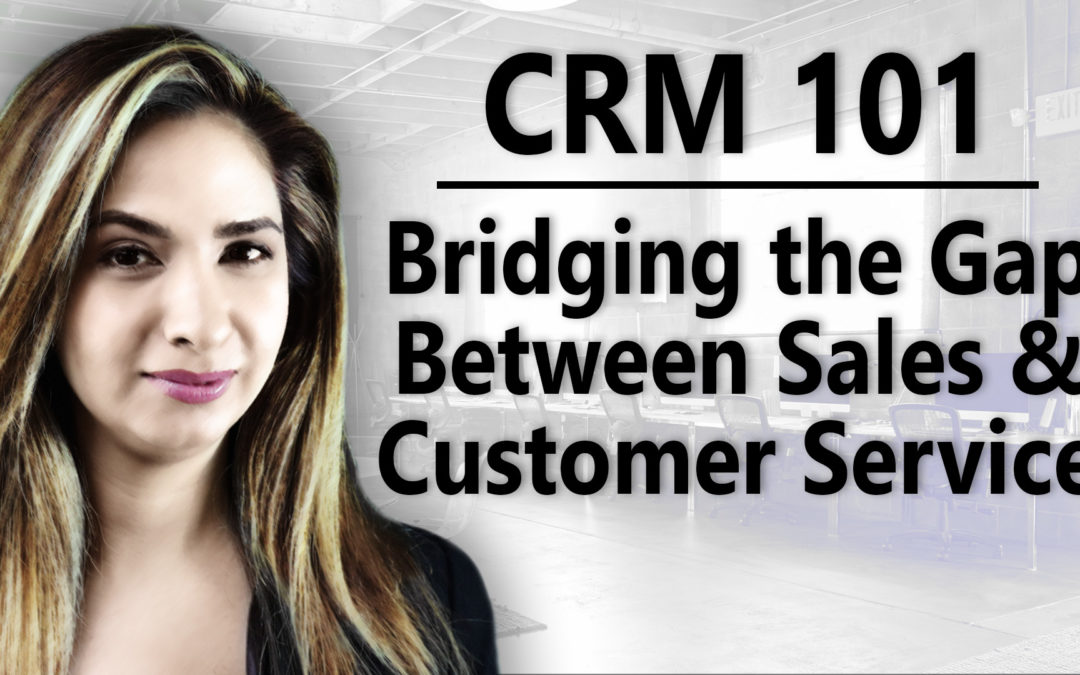Today we’re going to be talking about bridging the gap between customer service and sales using CRM.
So, we all know that CRM is a great tool for salespeople. They’re able to track their sales, progress their opportunities, et cetera.
What you may not know is that CRM is also great for customer service. CRM helps your customer service team manage their daily workload, and enables them to enter the information they learn on a daily basis into CRM.
With both departments entering information that is then shared across CRM, what CRM can really do is bridge the gap between customer service and sales.
Your salespeople, especially your outside salespeople, probably don’t regularly communicate with your customer service team. But if you use CRM, those salespeople likely use CRM to keep track of their pipeline, progress their opportunities, and have access to customer information.
Wouldn’t it be great if you had your customer service team also inside of CRM? They could track the progress of your salespeople’s opportunities and know more information about your customers. They could also enter information and track information (without needing to get too fancy) so that your salespeople are also informed about what else is going on with their customers.
Let’s talk about an example situation. We might have Company ABC that’s working with John Smith on a big sale for a whopping $100,000. Without access to CRM, customer service isn’t really aware of this quoting process that’s going on. But with access to CRM, when customer service receives a phone call regarding this customer, they could pull that record up and see, “Well, it looks like John Smith is working with you on this great sale. Happy to hear that. Let me know if there’s anything information you want me to pass on to him.”
Let’s look at another example. Maybe you sent a shipment to a customer and there was a problem with the shipping. If customer service enters that issue into CRM, whether that’s tracking an email or simply putting the details of a phone on their record, then when John Smith looks up the record, he’ll see that customer service has been working on an issue with the customer. So, he’s also aware of that. Maybe when he goes to send a new quote, he’ll be able to say, “Sorry to hear about the shipping issue. We’re taking care of that immediately.”
In both cases, CRM keeps all that information visible across your organization, and keeps your company looking like you’re on top of things.
So, you can see that CRM is really a great tool to bridge the gap and increase visibility essentially across the system between customer service and sales. You’ll look better, and your customers will actually have a better experience with you.
And none of this is complicated, high-level stuff. CRM actually does a lot more at a very simple level. You get a lot just by putting in phone calls and looking up records even before using what we call case management to track issues.
Hopefully this helps you a lot. Join me next time for more information on CRM 101!
That's all for this episode, but you can continue your CRM education with our CRM 101 series on Channel Q!
For specific questions, or to find out whether Microsoft Dynamics 365 for Sales CRM is a good fit for your business, contact us!
Was this video helpful? Enjoyable? Do you have feedback or additional questions? Let us know in the comments, or contact us directly. We’re here to help!

